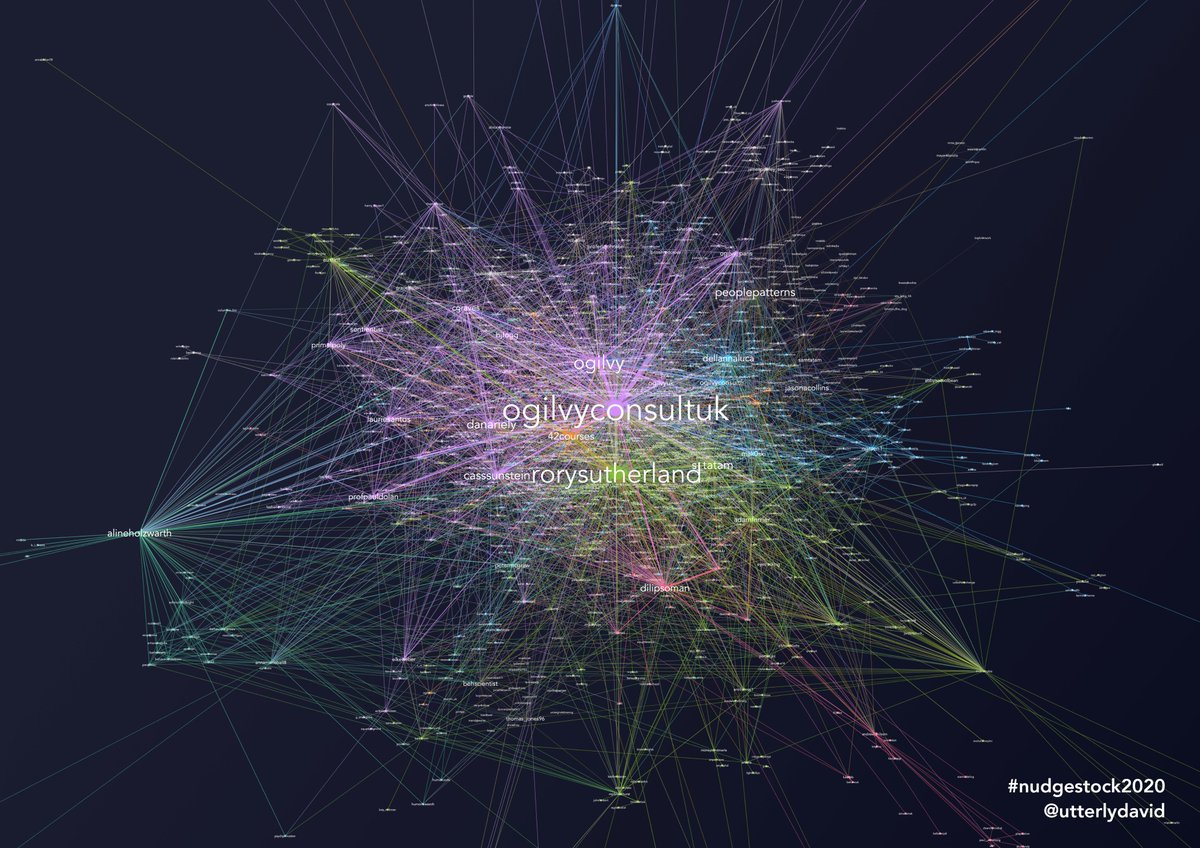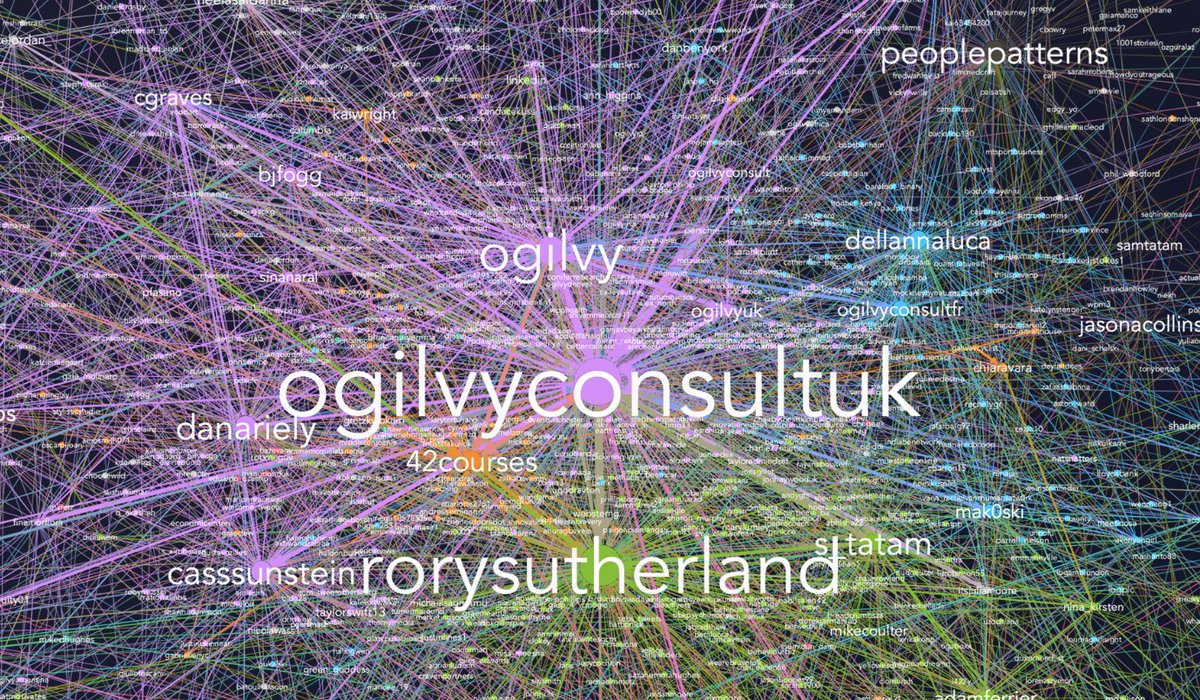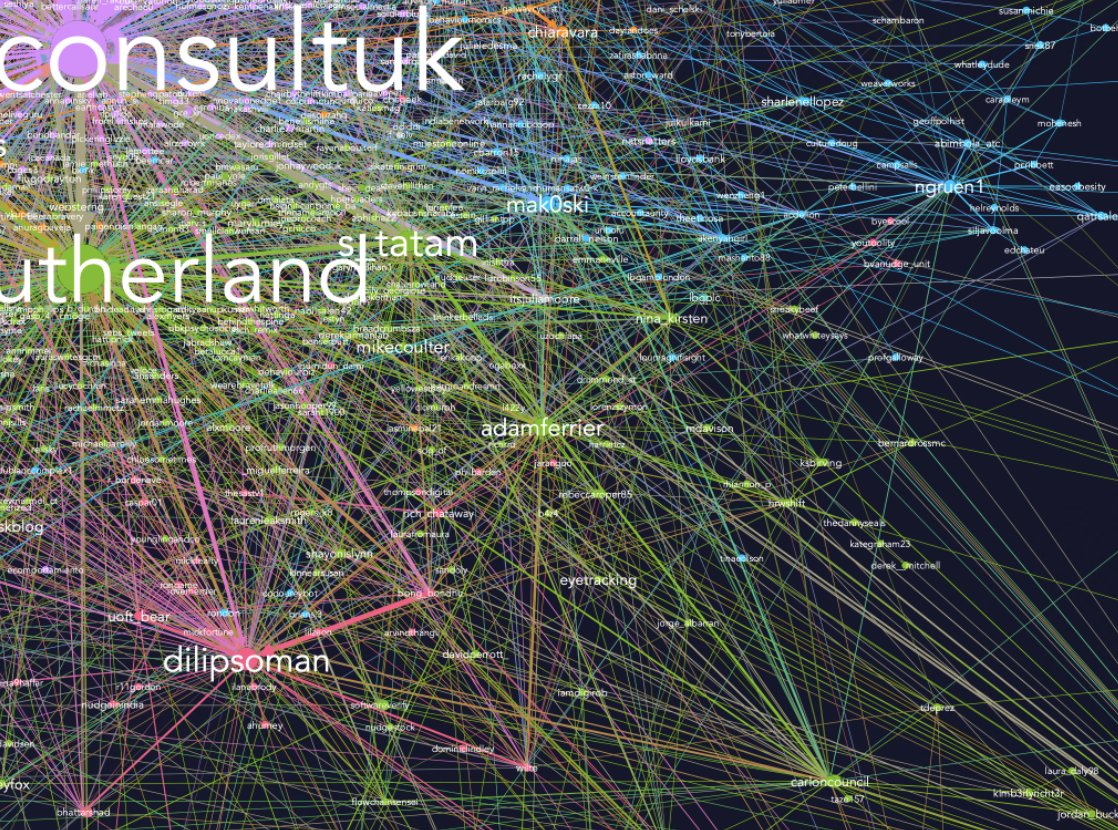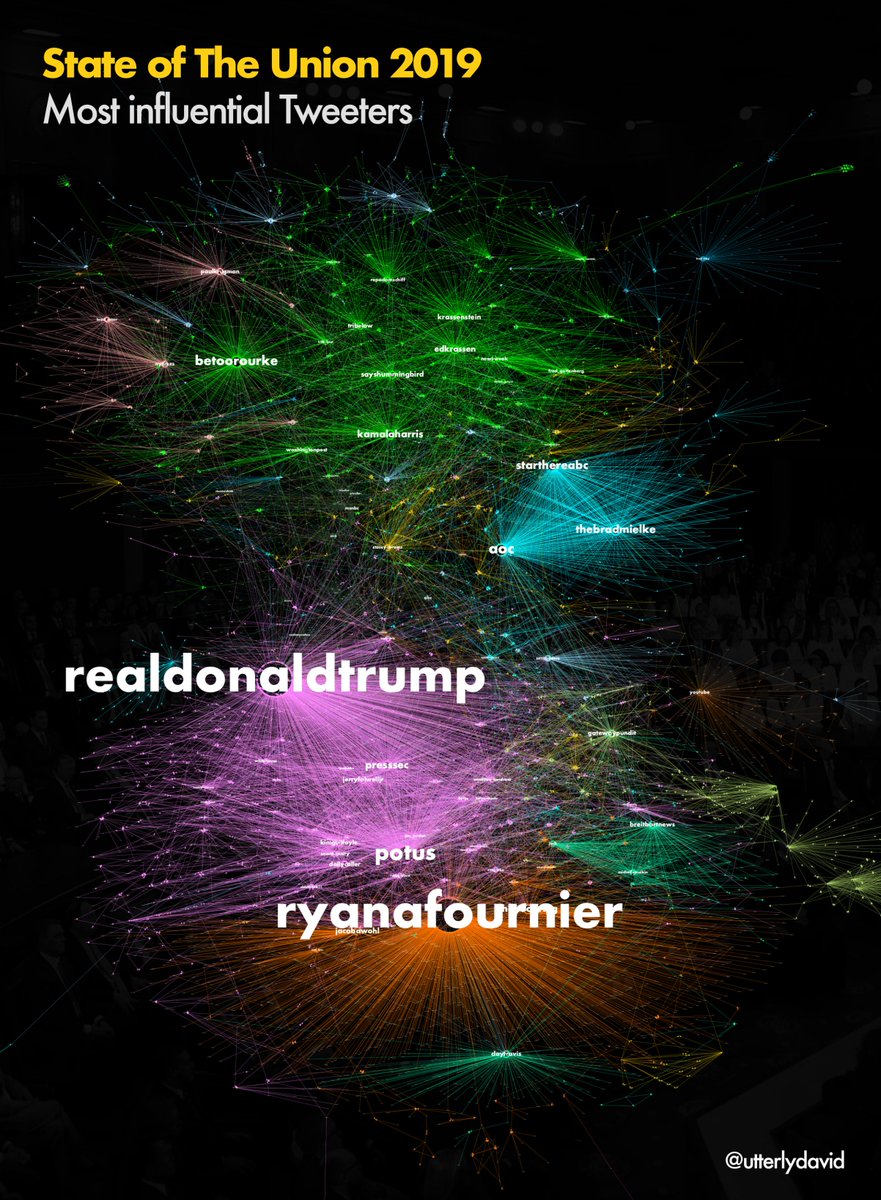
To spread behaviour and start movements, you should be careful about targeting central hubs.
Complex Contagions and the Weakness of Long Ties by Damon Centola (2007). A summary and light critique.
Paper #1 #30papers30days
Complex Contagions and the Weakness of Long Ties by Damon Centola (2007). A summary and light critique.
Paper #1 #30papers30days
Most behaviour spreads through social contact. Weak ties - people you barely know - easily spread viruses, and information, like a new job opening. They reach deeply into neighbourhoods you would never know. Whereas, strong ties already know all the gossip.
But, weak ties only allow for 'simple contagion'. Only one source is required to give me covid or tell me Team GB's score.
When the behaviour is costly (social cred, etc) or controversial, people may require independent affirmation and reinforcement from multiple sources.
When the behaviour is costly (social cred, etc) or controversial, people may require independent affirmation and reinforcement from multiple sources.
This is 'complex contagion'. The distinction between number of exposures (dose) and number of sources is under-appreciated. You don't trust gossip until you've heard it twice. If many others do it, it's prob legit. Spatially and socially dense gatherings more powerful than 1:1s.
We need multiple sources to spread behaviours and create movements. A 'thin' 1 person bridge to a new pocket of people may be enough to spread covid, but it's not sufficient to spread behaviours, movements or products. Centola argues we need bridges with thick ties
To spread movement, you can't just influence the distant ties, you need to influence their Uber driver, their barista, their mother. Like water to steam, as you slowly increase the heat, progress happens very slowly and then very quickly. 
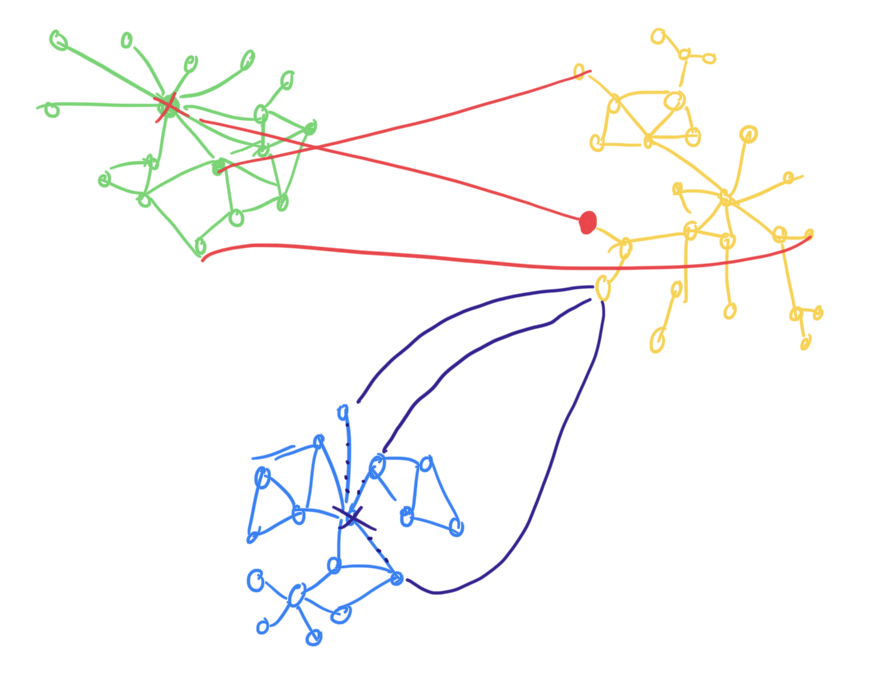
In spreading behaviour, you also must be careful about targeting the central hubs. Imagine red x is your boss. They may be more likely to hear of an innovation. But everyone is looking at them and everything your boss does will be highly guarded. Blue dot doesn't have to worry. 

Light critique.
GOOD: paper was seminal; many new ideas; highly applicable to IRL
BAD: theoretical findings; paper modelled computationally not IRL
BETTER IF: more graphs. Findings would feel more applicable if complex vs simple contagion was visualised instead of walls of text
GOOD: paper was seminal; many new ideas; highly applicable to IRL
BAD: theoretical findings; paper modelled computationally not IRL
BETTER IF: more graphs. Findings would feel more applicable if complex vs simple contagion was visualised instead of walls of text
Source.
Centola, D. (2007). Complex Contagions and the Weakness of Long Ties. American Journal of Sociology,
113 (3), 702-734. doi.org/10.1086/521848
Centola, D. (2007). Complex Contagions and the Weakness of Long Ties. American Journal of Sociology,
113 (3), 702-734. doi.org/10.1086/521848
• • •
Missing some Tweet in this thread? You can try to
force a refresh


